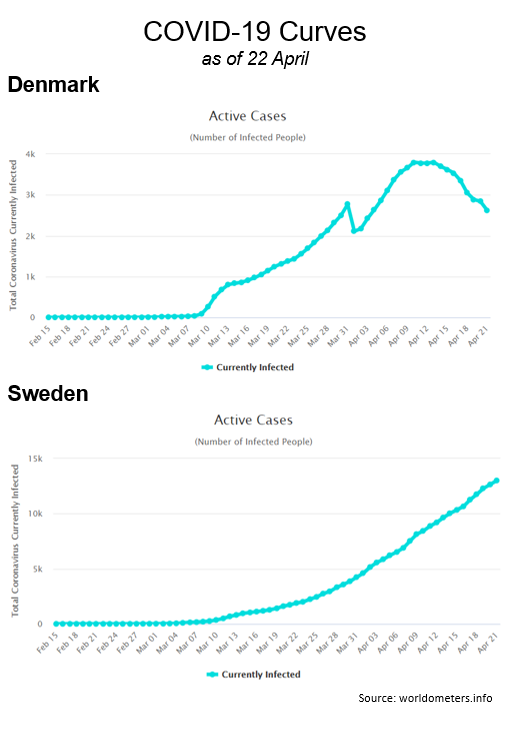Paul Venturino, executive director Strategika -a GHMC partner-
Sebastián Goldsack, PhD, professor at the Faculty of Communications of Universidad de los Andes, Chile.
Although the concept of responsible investment has been used for approximately 60 years, only recently have standards been established. The climate crisis has accelerated the need for implementing new strategies to address rapid global and technological changes. We refer to these new standards as ESG (Environment, Social and Governance) principles.
There were two key milestones in the ESG evolution. The first was the creation of the Dow Jones Sustainability Index in 1999, a stock index focused on sustainable investments which allowed for broader financing options. The second, much more recent, was the UN Global Compact of the Principles for Responsible Investment (UNPRI, 2023).
One of the key elements of responsible investment is active incorporation of ESG criteria. This implies everyone in the chain (organization, shareholders, financiers, management) must adhere to rules and be proactive agents of mobilization.
ESG criteria is based on three pillars:
- Environment: Refers to the environmental impact of an organization and the activities to reduce it, especially in areas such as emissions, waste or use of natural resources.
- Social: Refers to the management of people in the workplace and the community in various aspects such as human rights, gender, inclusion.
- Governance: The way in which corporations or institutions are organized. The key is respect for rules and transparency.
As with any regulatory change, responsible investment has also been strongly pressured by changes in production conditions, stricter regulations and strong activism. ESG criteria seeks to respond to scenarios with measures that allow us to face challenges while maintaining profitability (Shakil, 2021).
With this in mind, we interviewed key executives from Chilean and multinational corporations operating in Chile to learn the latest trends and challenges in responsible investment and ESG.
Key trends:
- Investors—especially investors in international companies—are driving the movement for responsible investment by pressuring these organizations to incorporate ESG criteria.
- ESG criteria are beginning to include the full value chain, transferring good practices to all steps of a company’s operation.
- Although incipient in Chile, there is pressure to achieve higher diversity on boards (gender, class, race/ethnicity, professional backgrounds).
- There is a movement toward clear and effective tools to guide compliance and measure accountability. Regulations can help ensure higher ethical standards across industries.
- A diverse, inclusive workforce with a safe workplace environment is positive for workers and business alike.
- Companies are now more motivated to seek new ways of doing business and transforming their forms of production, in order to maintain profitability.
- Climate change mitigation is seen as a strategic pillar of a company’s ways of doing business.
- The traditional way companies engage with interest groups (advocacy groups, etc.) is evolving to include new ways of working.
In addition to these positive trends, come challenges. The biggest challenges relate to the speed of adoption of these practices, and whether they can generate profitability.
Challenges to be addressed in the short term
- A move from tactical actions and rankings to a genuine modification of the ways of doing business and the governance structure at a high level.
- Convince executive boards of the importance of ESG trends and responsible investment criteria.
- Strengthen the ethics of executives.
- Raise standards in industries and ensure all companies adopt ESG.
- Improve the legislation applied and the bureaucracy of the authorities.
EXECUTIVES INTERVIEWED FOR THIS INVESTIGATION
- Kelly, Conrod, Managing Director MSD Chile
- Margozzini, José, Gerente general TEG Chile
- Orrego, Carolina, gerente de asuntos corporativos y cumplimiento Empresas Melón
- Pinto, Patricio, gerente de asuntos corporativos Minera Los Pelambres
- Vergara, Ana Luisa, subgerenta de sostenibilidad corporativa Colbún
- Vilches, Javier, gerente general Grupo Eulen Chile
- Wood, Alejandra, directora Codelco
BIBLIOGRAPHY
- Avramov, Doron: “Sustainable investing with ESG rating uncertainty. Journal of Financial Economics., volume 145, issue 2, pages 642-664. Available in https://www.sciencedirect.com/science/article/abs/pii/S0304405X21003974
- Capital research Center: ESG Activism, en Influence Watch, 2023. Available in https://www.influencewatch.org/hub/esg-activism/#:~:text=ESG%20activism%20refers%20to%20individuals,part%20of%20evaluating%20business%20operations.
- Cloyd, Mary Ann: Shareholder activism. Who, What, When and How? Harvard Law School Forum o Corporate Governance. Available in https://corpgov.law.harvard.edu/2015/04/07/shareholder-activism-who-what-when-and-how/
- Edmans, Alex, The End of ESG (January 4, 2023). Financial Management, forthcoming, available in SSRN: https://ssrn.com/abstract=4221990 o http://dx.doi.org/10.2139/ssrn.4221990
- García Beatriz y Grande Cristina: Nuevas formas de gobierno empresarial? Activismo e influencia de terceras partes interesadas en información económica-financiera. Boletín de estudios económicos Volumen LXXVII n°233, diciembre de 2022. Deusto. Available in: https://bee.revistas.deusto.es/article/view/2561/3286
- Shakil, Mohammad Hassan: “environmental, social and governance performance and financial risk: moderating role of ESG controversies and board gender diversity. Resources Policy, Volume 72, August 2021. Available in: https://www.sciencedirect.com/science/article/abs/pii/S0301420721001586?via%3Dihub
- Unpri: Principios para la inversión responsable, available in https://www.unpri.org/download?ac=10970

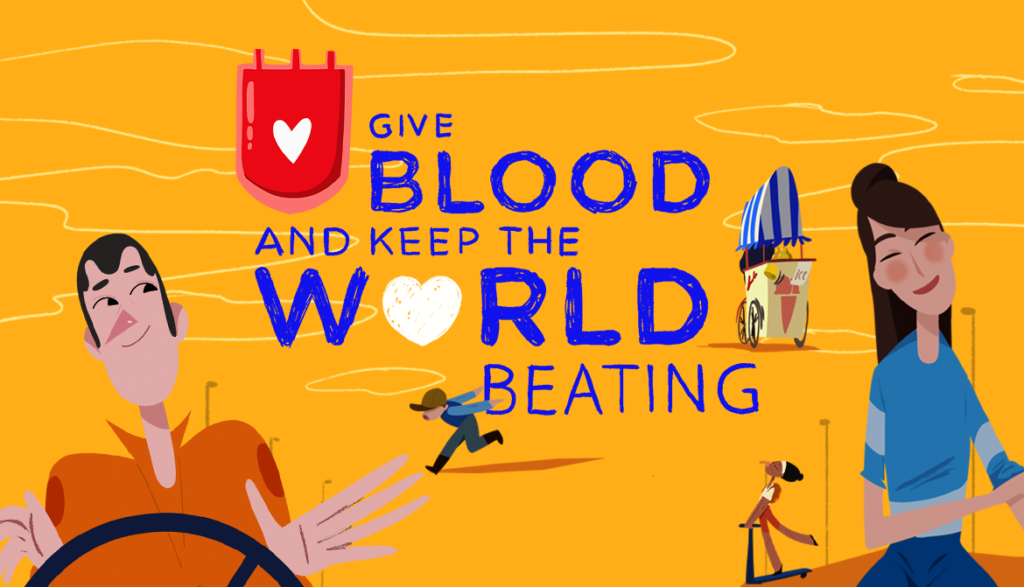
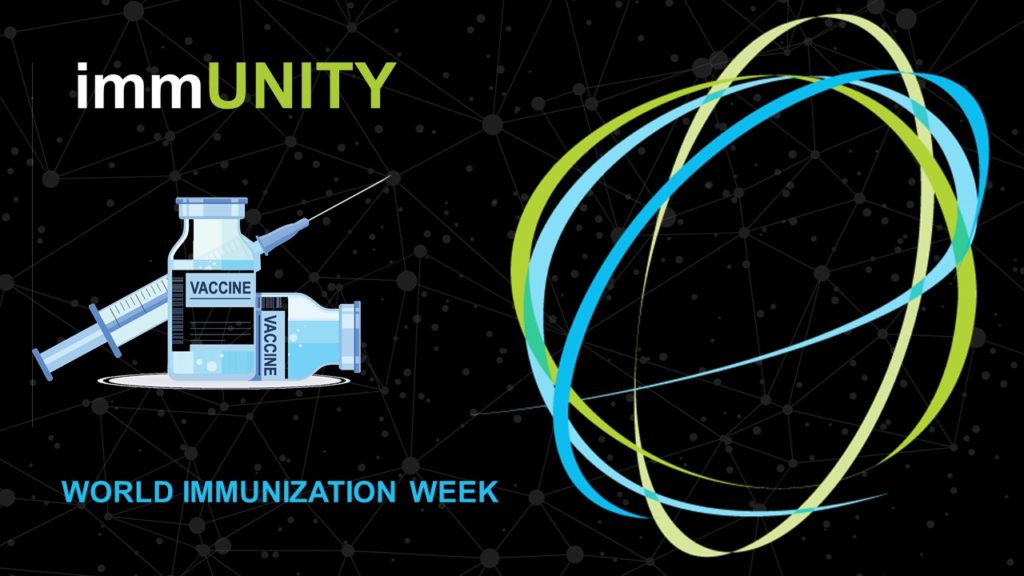
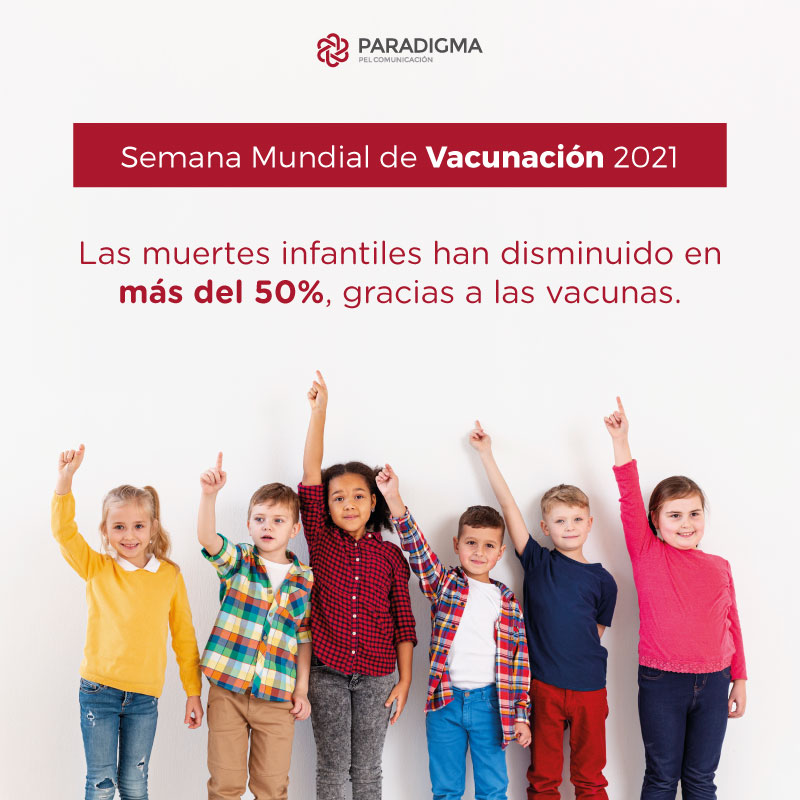
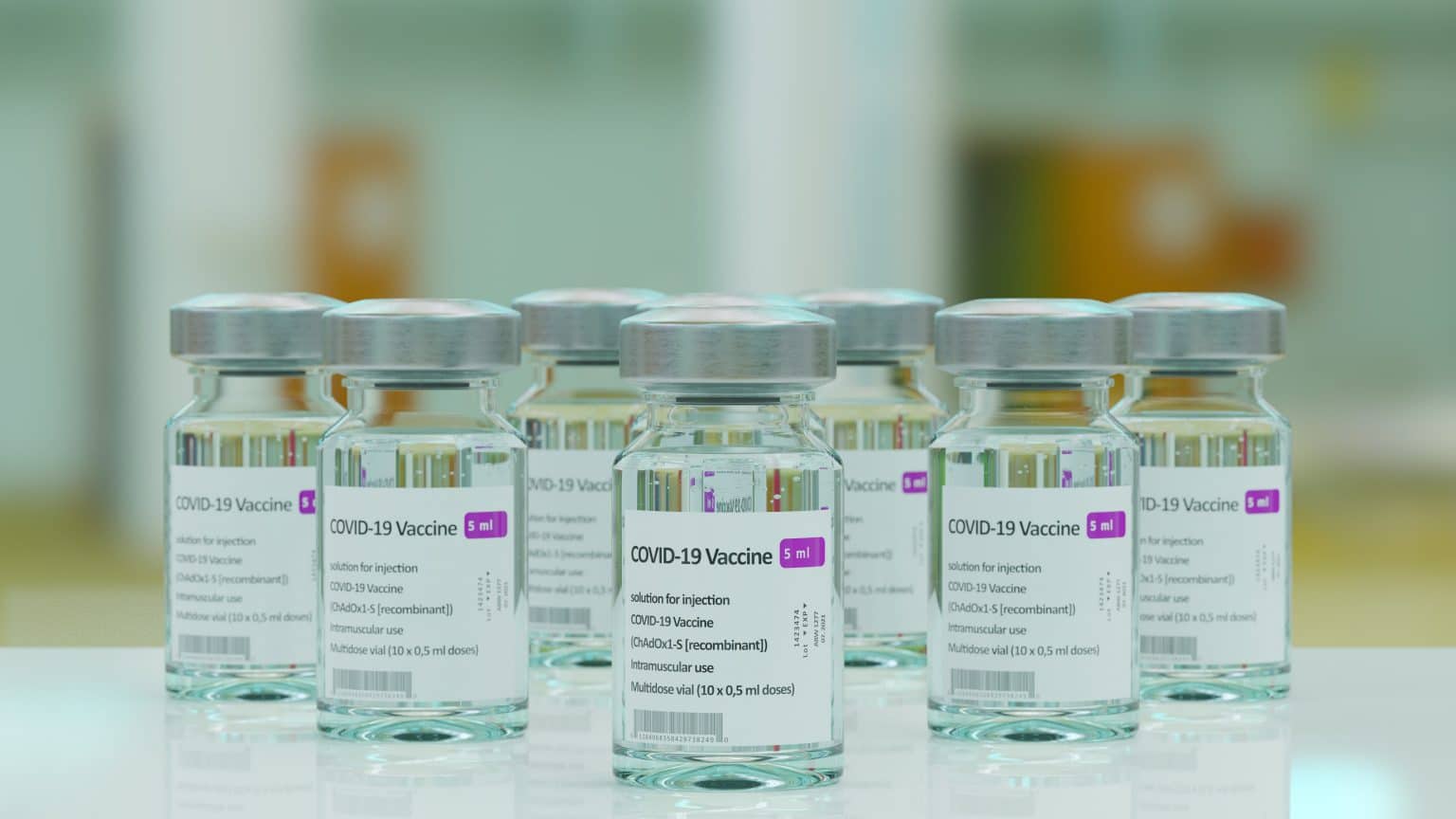

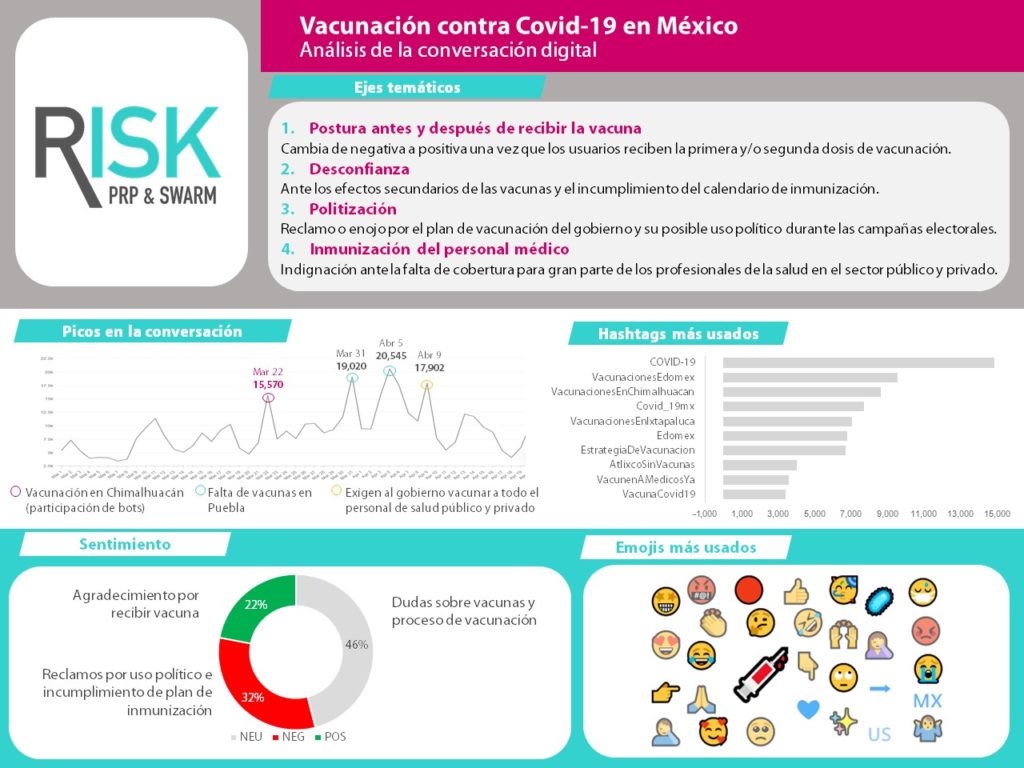
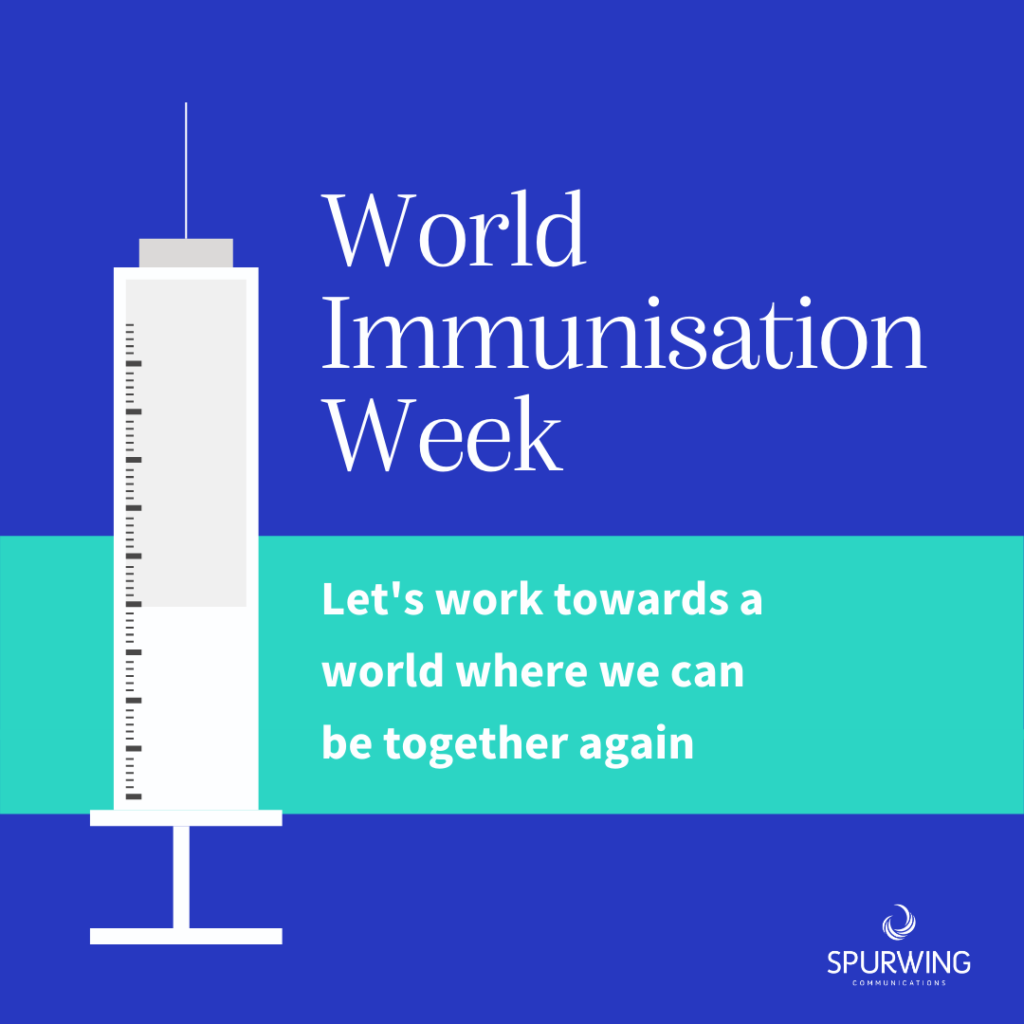


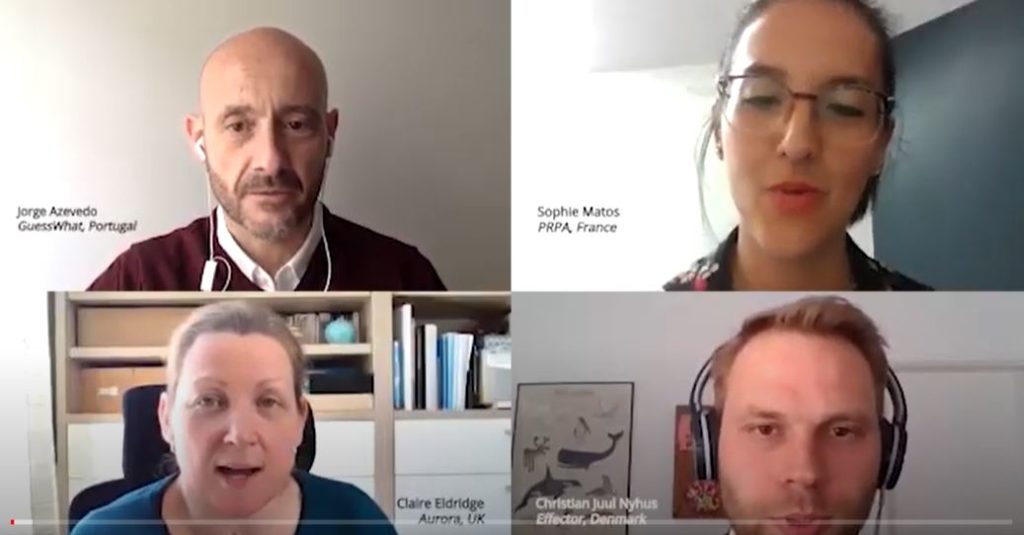
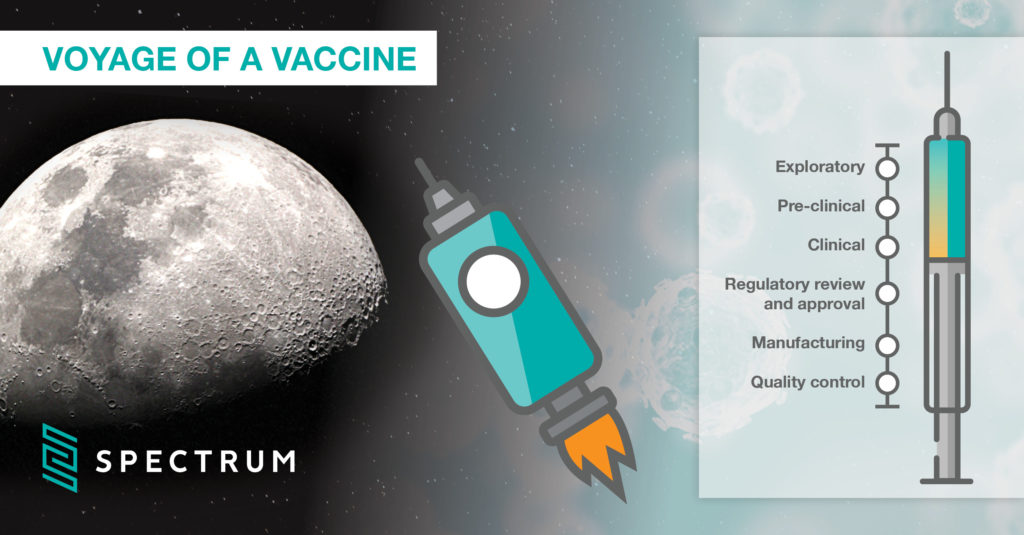

 Aurora joined forces with ‘slow news’ website
Aurora joined forces with ‘slow news’ website  VIVA!’s COVID Comms Cast is a strategic communications solution aiming to support the pharma and healthcare industry members and stakeholders during this unprecedented time. The initiative is comprised of senior, health-literate communicators well-versed in navigating issues and crisis-rich environments and offers support for identifying effective, authentic and accurate health-oriented messages, communication campaigns and collateral throughout COVID-19.
VIVA!’s COVID Comms Cast is a strategic communications solution aiming to support the pharma and healthcare industry members and stakeholders during this unprecedented time. The initiative is comprised of senior, health-literate communicators well-versed in navigating issues and crisis-rich environments and offers support for identifying effective, authentic and accurate health-oriented messages, communication campaigns and collateral throughout COVID-19. Tino’s initiative features Brazilian doctor and journalist Luís Fernando Correia. In this partnership, Tino and Luís Fernando developed a channel geared towards fighting the COVID-19 pandemic and limiting the spread of misinformation in the country. The initiative’s website is integrated with the most popular and factual news sites in Brazil, including the Ministry of Health.
Tino’s initiative features Brazilian doctor and journalist Luís Fernando Correia. In this partnership, Tino and Luís Fernando developed a channel geared towards fighting the COVID-19 pandemic and limiting the spread of misinformation in the country. The initiative’s website is integrated with the most popular and factual news sites in Brazil, including the Ministry of Health. FischerAppelt helped launch a “Germany Against Corona” initiative at the beginning of the crisis to raise awareness of the security measures the country put in place to flatten the curve. Although the pandemic brings many challenges for the world to face, everyone can actively contribute to overcoming them. The campaign encourages individuals to use the hashtag #allforall on social media, hopefully motivating others to keep the necessary safety distance in public spaces.
FischerAppelt helped launch a “Germany Against Corona” initiative at the beginning of the crisis to raise awareness of the security measures the country put in place to flatten the curve. Although the pandemic brings many challenges for the world to face, everyone can actively contribute to overcoming them. The campaign encourages individuals to use the hashtag #allforall on social media, hopefully motivating others to keep the necessary safety distance in public spaces.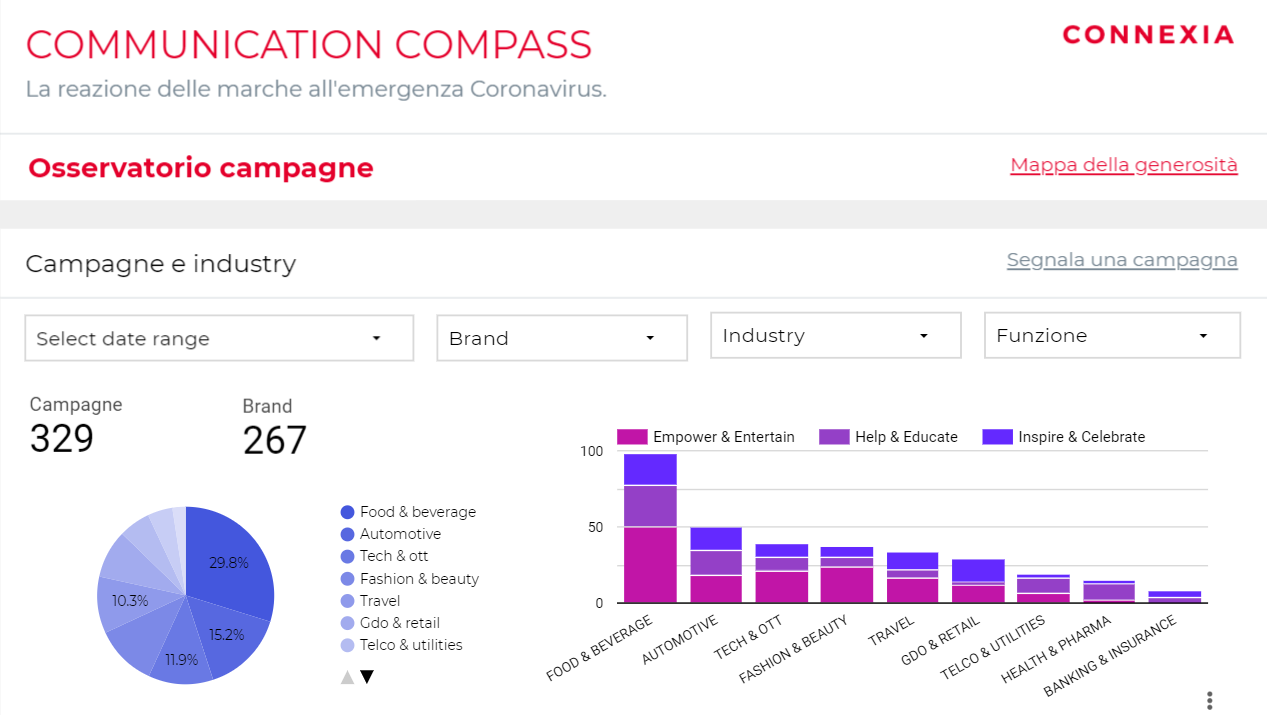 Connexia confirmed its concrete commitment during the pandemic by launching a Communication Compass dashboard. The dashboard can be used to monitor solidarity between companies during the emergency—it integrates an international map of all communication initiatives implemented in response to the pandemic, collecting global campaigns with a COVID-19 lens.
Connexia confirmed its concrete commitment during the pandemic by launching a Communication Compass dashboard. The dashboard can be used to monitor solidarity between companies during the emergency—it integrates an international map of all communication initiatives implemented in response to the pandemic, collecting global campaigns with a COVID-19 lens.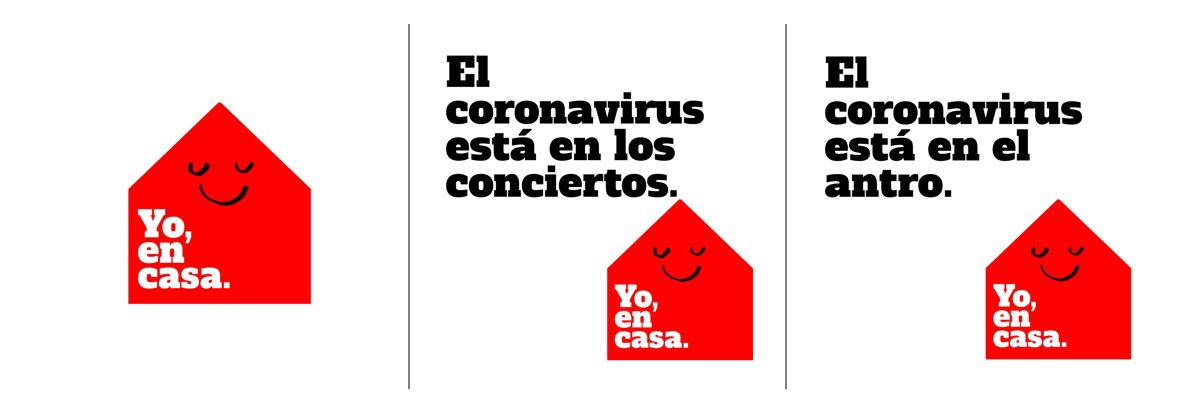 In partnership with the Communication and Advertising association in Mexico, PRP worked to develop a campaign encouraging people to stay at home. The campaign began before official lockdown orders were in place in the region and continues to spread positive messaging around social distancing.
In partnership with the Communication and Advertising association in Mexico, PRP worked to develop a campaign encouraging people to stay at home. The campaign began before official lockdown orders were in place in the region and continues to spread positive messaging around social distancing.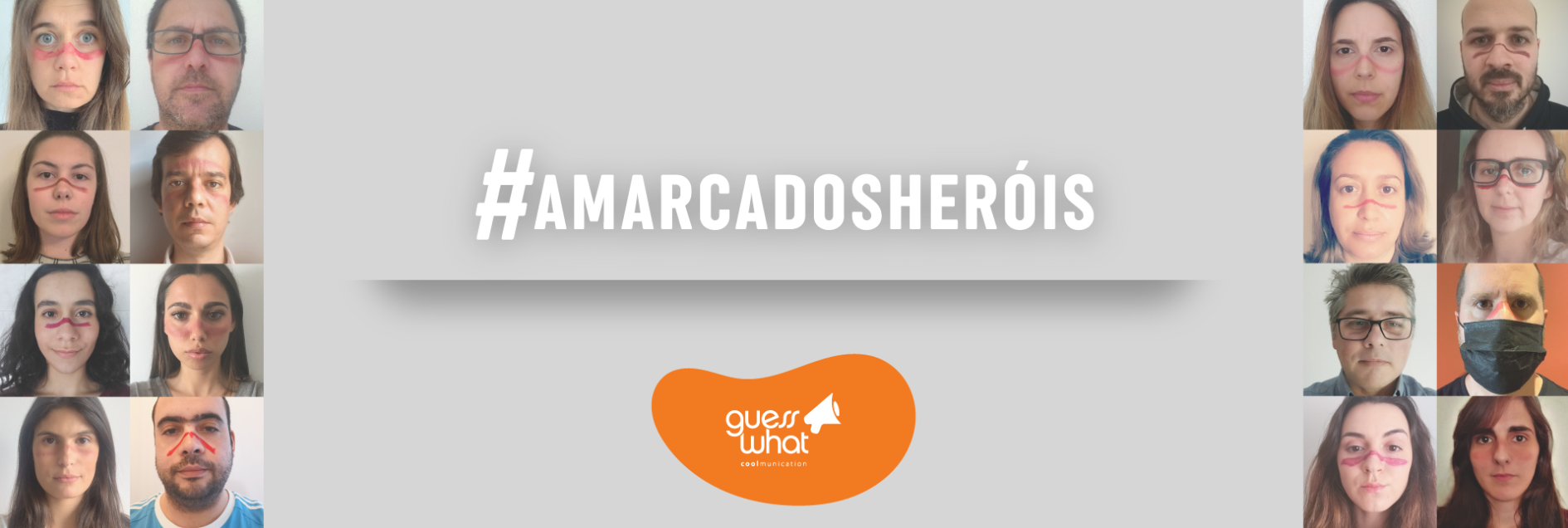 To bring awareness to the unseen struggles that many doctors, nurses and other medical professionals are enduring during this pandemic, Guess What created a campaign that focuses on making those challenges visible. On healthcare workers faces you can see the exhaustion and creases of the masks that serve as their armor after long shifts. With a marker, pencil or ink pen, Guess What wants people to write #AMARCADOSHERÓIS on their faces and share the images on their social channels, so that those who are sacrificing their lives to help are not forgotten.
To bring awareness to the unseen struggles that many doctors, nurses and other medical professionals are enduring during this pandemic, Guess What created a campaign that focuses on making those challenges visible. On healthcare workers faces you can see the exhaustion and creases of the masks that serve as their armor after long shifts. With a marker, pencil or ink pen, Guess What wants people to write #AMARCADOSHERÓIS on their faces and share the images on their social channels, so that those who are sacrificing their lives to help are not forgotten.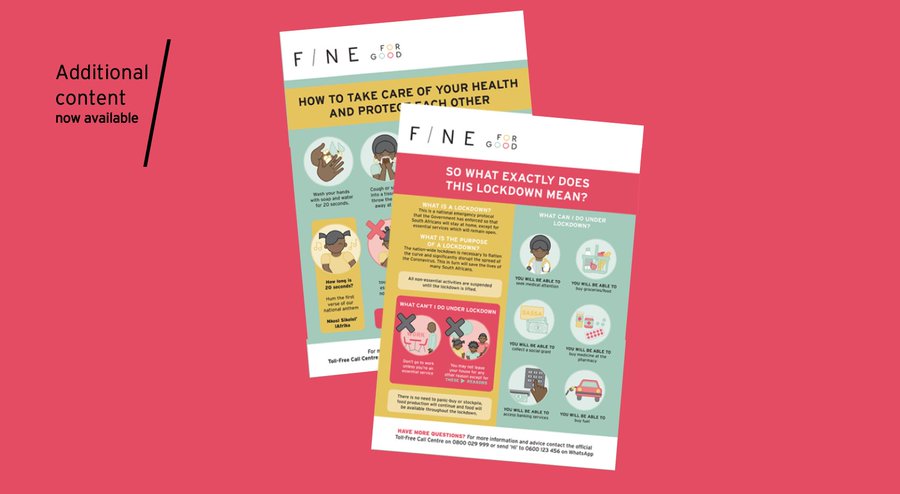 Earlier this year, the F/NE Group launched an initiative geared towards using communications to help nonprofits. When the COVID-19 pandemic reached their country, they decided to use their platform and develop additional resources for NGOs in need of COVID-19 communication.
Earlier this year, the F/NE Group launched an initiative geared towards using communications to help nonprofits. When the COVID-19 pandemic reached their country, they decided to use their platform and develop additional resources for NGOs in need of COVID-19 communication.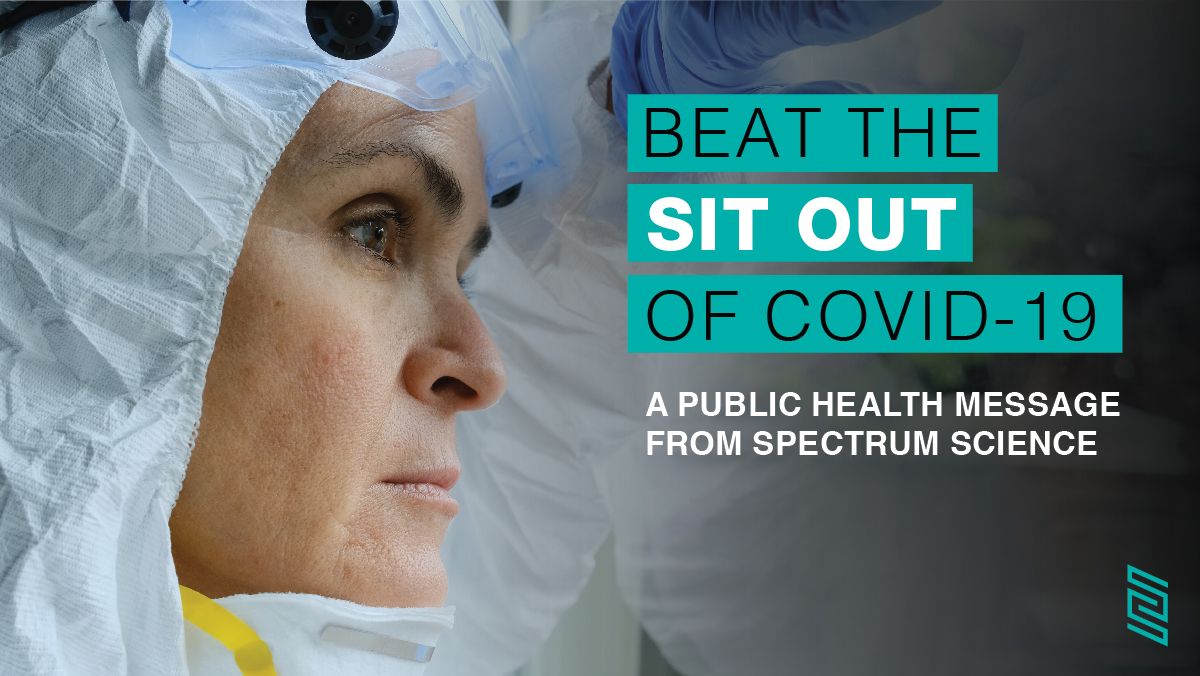 As an agency focused on connecting humankind to its best healthlife, Spectrum Science wanted to develop a call to action that communicates the urgency around staying home and the criticality of “out-sitting” of events. “Beat the Sit Out of COVID-19” encourages people to share how they’re sitting out on social media, using the #BeatTheSit hashtag.
As an agency focused on connecting humankind to its best healthlife, Spectrum Science wanted to develop a call to action that communicates the urgency around staying home and the criticality of “out-sitting” of events. “Beat the Sit Out of COVID-19” encourages people to share how they’re sitting out on social media, using the #BeatTheSit hashtag.
